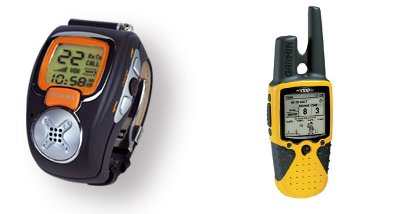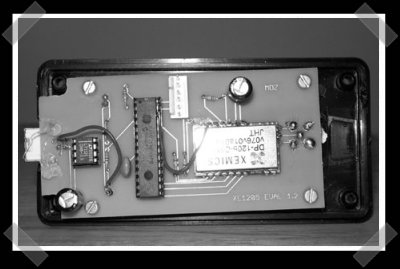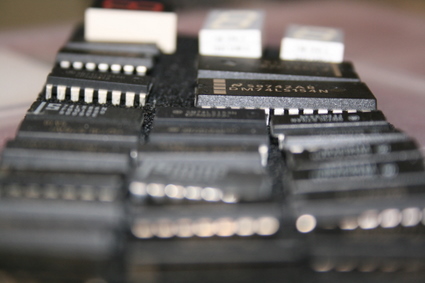
FRS and GMRS radios have the performance that we wished walkie talkies had when we were kids. I find them interesting because they aren’t quite as tied down as amateur radio bands. (They’re freaking cheap and you can give them to unlicensed users.) I’ve been surprised by the lack of hacks for these little guys. Garmin married them with a GPS unit to create a sort of hand held APRS device called the Rhino. Since I’ve got a couple of kids, I’m thinking that smacking a GPS into one of these little wrist radios with a modified opentracker (PIC based APRS encoder) would be great for tracking the family on hikes and ski/snowboard trips.
The response to Hackit has been fantastic! Each week I’m going to bring up some hardware. You guys get to pick your brains and suggest new, interesting projects. Look for a round-up and bounty post in the next week or so.
So, got a better idea? Let’s hear it!
















